Pollution is a pervasive issue, containing far-reaching consequences for local communities. The impact ranges from deteriorating air and water quality to disrupting ecosystems and public health. The increase in respiratory diseases, higher incidences of cancer, destruction of natural habitats, and reduced mental health capabilities are just some of the aspects of pollution that each community on Earth has to deal with. The pollutants that permeate our environment dangerously affect human health and the natural world. Here are 16 alarming truths about how pollution can impact a local community.
Acid Rain Destroys Ecosystems
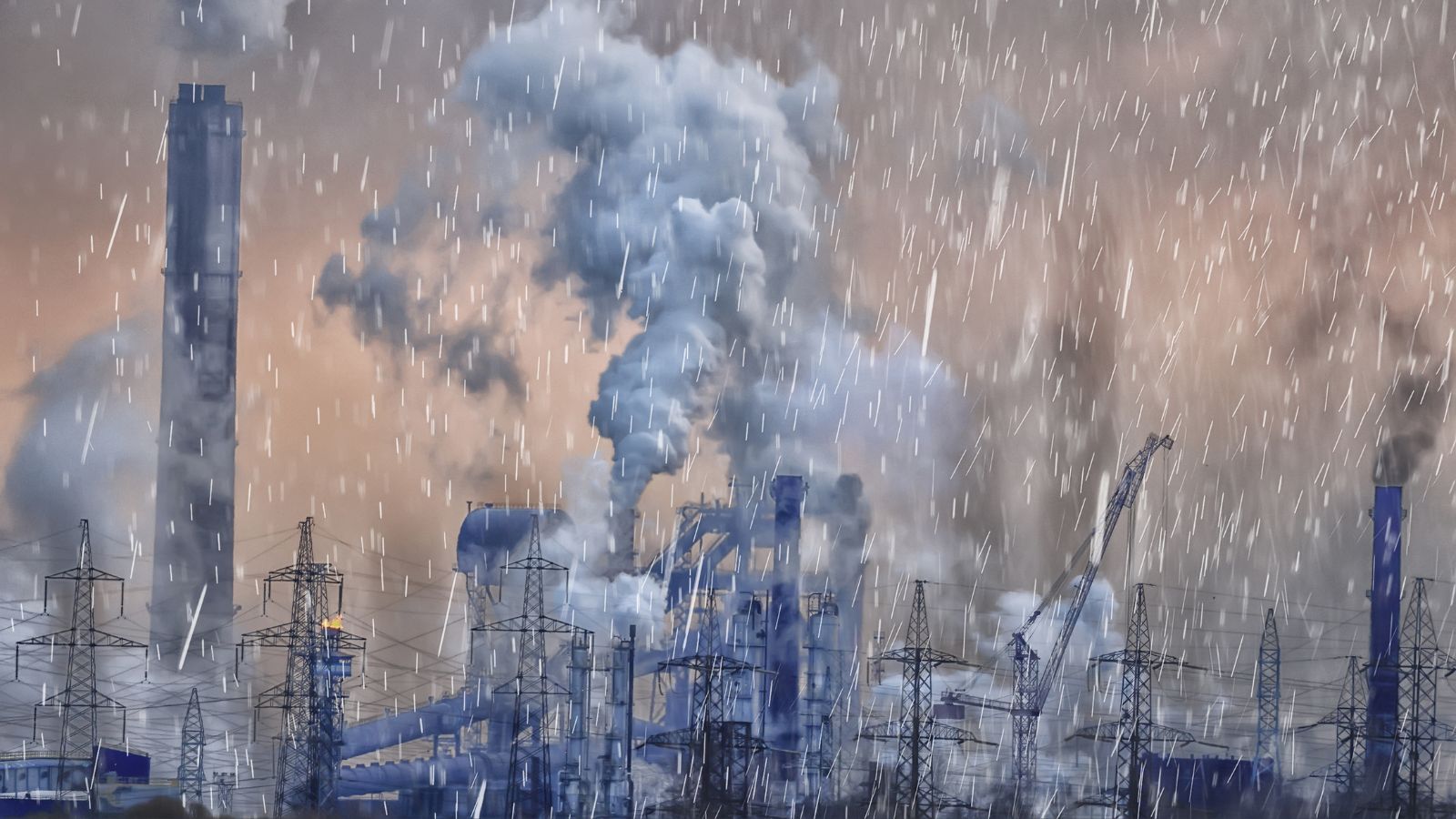
Acid rain is rain with pollutants like Sulphur dioxide and Nitrogen oxides, which start falling to the ground as acidic precipitation. It exhibits destructive effects on ecosystems and human-made objects, from damaging forests and lake ecosystems to soil. Acid rain leaches vital nutrients out of the soil, thus weakening plant life, especially because the low pH of water bodies is harmful and can kill fish and other aquatic organisms.
Air Pollution Increases Respiratory Problems
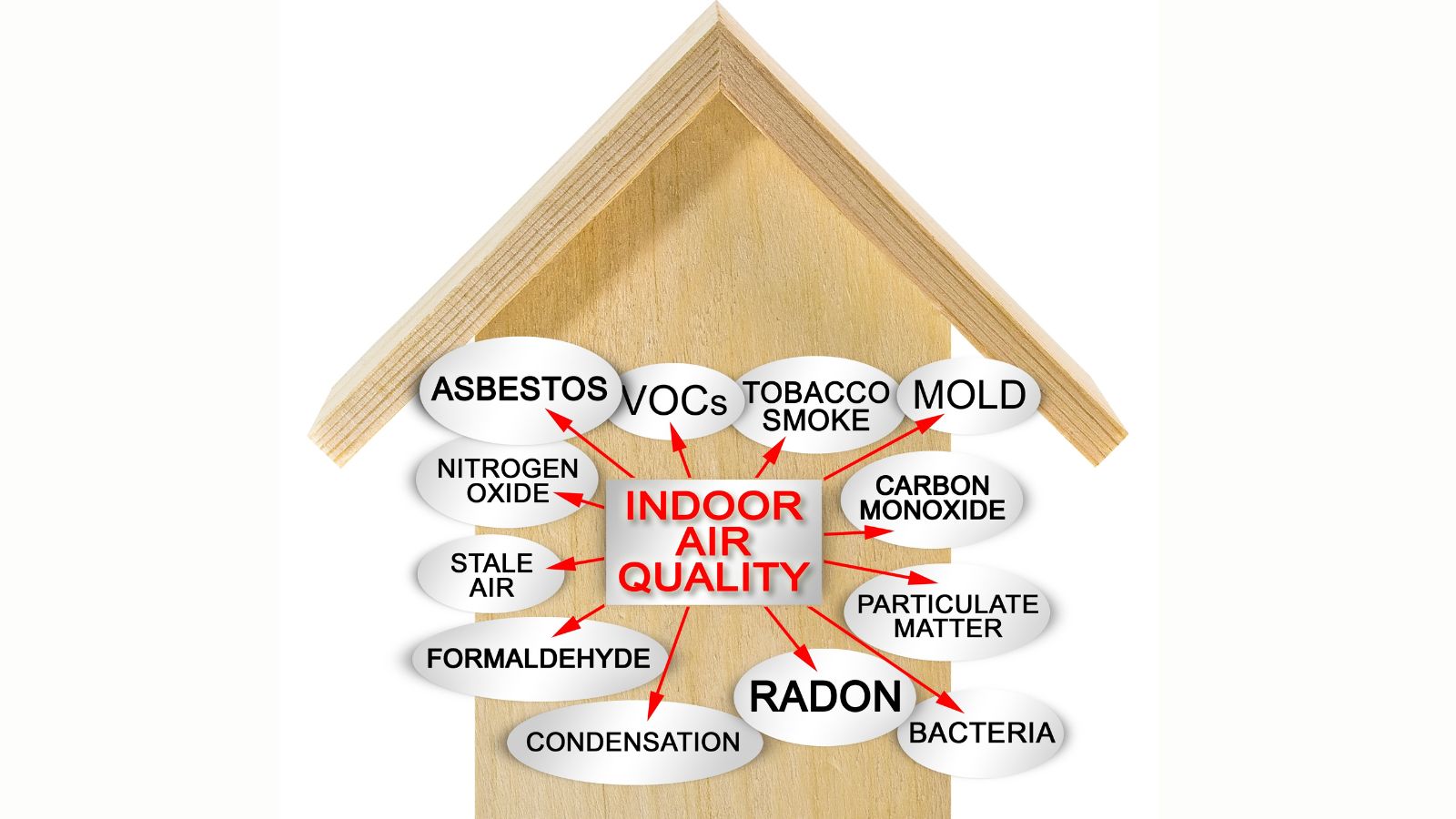
These airborne pollutants, including particulate matter PM2.5, nitrogen dioxide, and Sulphur dioxide, irritate the respiratory system and cause remarkably many respiratory conditions, such as asthma, bronchitis, and COPD. Children, the elderly, and people suffering from previous ailments are especially vulnerable to the various adverse effects of air pollution, which eventually might lead to irreversible damage to lung function.
Water Contamination Harms Public Health

Industrial wastes, pesticides, and chemicals that seep through contaminate drinking water. The aftermath of such scenarios contributes to serious health complications such as gastrointestinal diseases, lead poisoning, and exposure to harmful bacteria that are a significant threat to public health, especially among the disadvantaged in society.
Polluted Areas Face Decreased Property Values

Generally, polluted areas have lower property values due to health concerns, unappealing environments, and negative perceptions associated with pollution. Because of the fear of health risks and reduced quality of life, conventional buyers may avoid such areas, driving down demand and property prices. As property values fall, it may become increasingly challenging for homeowners to sell their homes and for the general local economy to progress through declined investments and business opportunities.
Soil Degradation Reduces Agricultural Productivity

Chemical pollutants like heavy metals, pesticides, and industrial wastes deplete soil quality, making it infertile. Since the soil degrades, crop yields consequently decrease, thus affecting food production and even the livelihood of the farmers who depend on it. Contaminated soil also poses risks to human health through the food chain.
Increased Cancer Rates

Prolonged exposure to such chemicals as benzene, asbestos, and formaldehyde significantly raises the risk of cancer among the local population. Many components of industrial emissions and even automobile exhaust are active and usually accumulate over time in the environment and within human organisms. Residents who happen to live near industrial sites or right in the heart of heavily polluted areas face a higher risk of cancers such as lung, skin, and bladder cancer because of chronic exposure to those harmful chemicals.
Mental Health Declines in Polluted Environments

It can have a host of negative impacts on mental health, such as stress and anxiety levels. Exposure to pollutants and noise will lead to an increased incidence of depression and cognitive decline because environmental stressors sharpen mental health problems and destabilize overall well-being in various ways.
Marine Ecosystems Are Dying

Toxic pollutants in the form of plastics, chemicals, and waste from untreated sewage reach the oceans and rivers through land-based sources, causing extreme poisoning to aquatic life. This is absorbed by fish, seabirds, and other species in the water, thus affecting their health and causing death because of the poisoned food chain. Other critical marine habitats, including coral reefs, are being destroyed, further threatening the biodiversity and human livelihoods dependent on fishing and tourism.
Noise Pollution Increases Stress

Prolonged exposure to noise from roads, construction, and industrial activities at potentially harmful levels increases physiological stress. It has associations with several health issues, including anxiety, sleep disorders, and cardiovascular disease, all of which impact total well-being and quality of life in host communities.
Urban Heat Islands and Climate Change
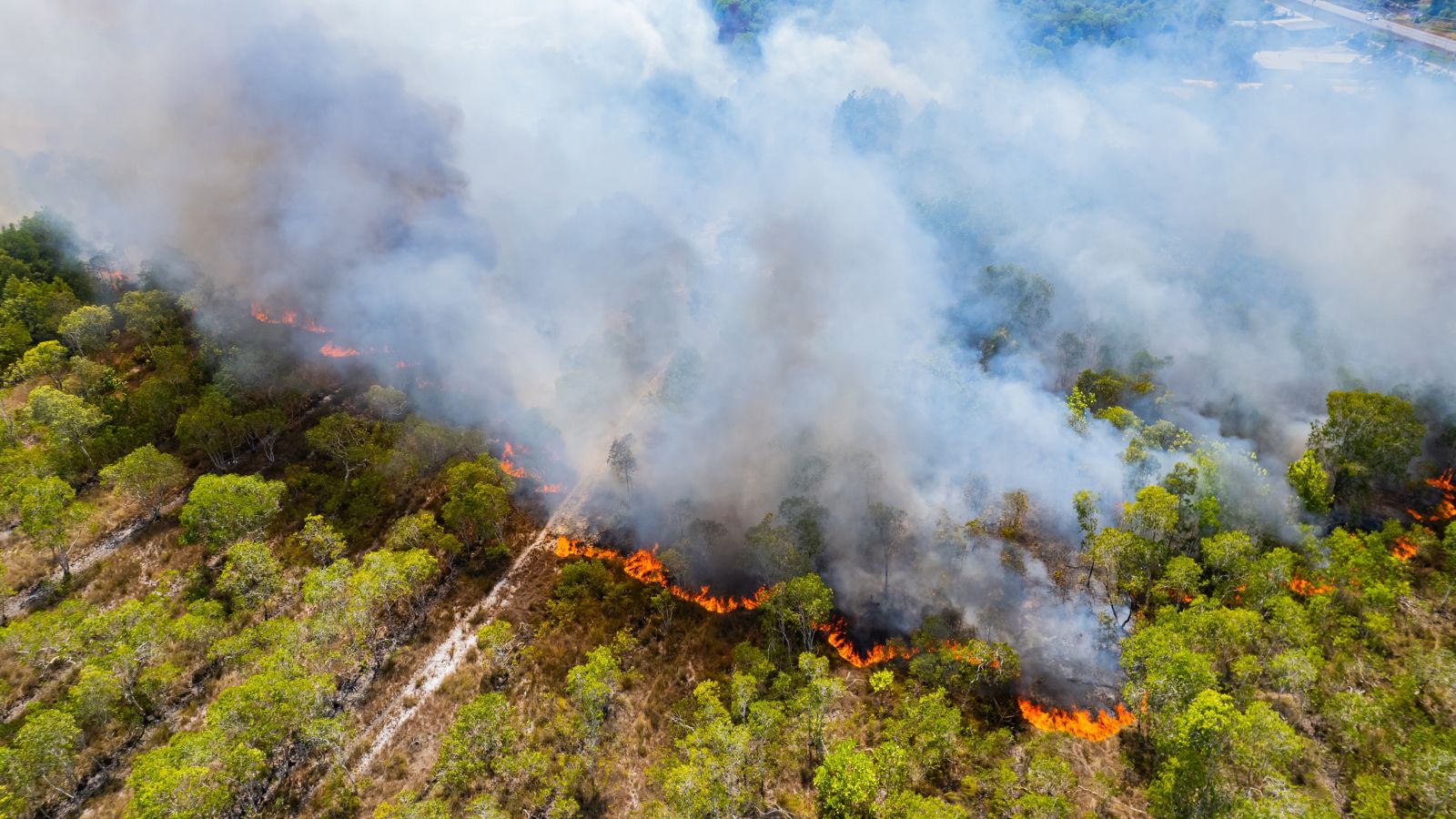
An urban heat island is a condition whereby cities record much higher temperatures than the surrounding rural areas due to the presence of concrete, asphalt, and lack of greenery. This is exacerbated by pollution from vehicles and industrial activities, which enhances climate change by trapping the heat and increasing energy consumption to cool homes, thereby increasing greenhouse gases.
Biodiversity Loss

Toxic chemicals and other forms of waste that constitute pollution destroy natural homes and ecosystems, thereby reducing species diversity over time. Eventually, this might lead to the loss of flora and fauna species due to extinction, thus upsetting ecological balance and reducing the capability of remaining ecosystems to resist environmental changes. Loss of biodiversity also impacts food sources, water quality, and overall ecosystem health, essential for community well-being.
Smog Decreases Visibility
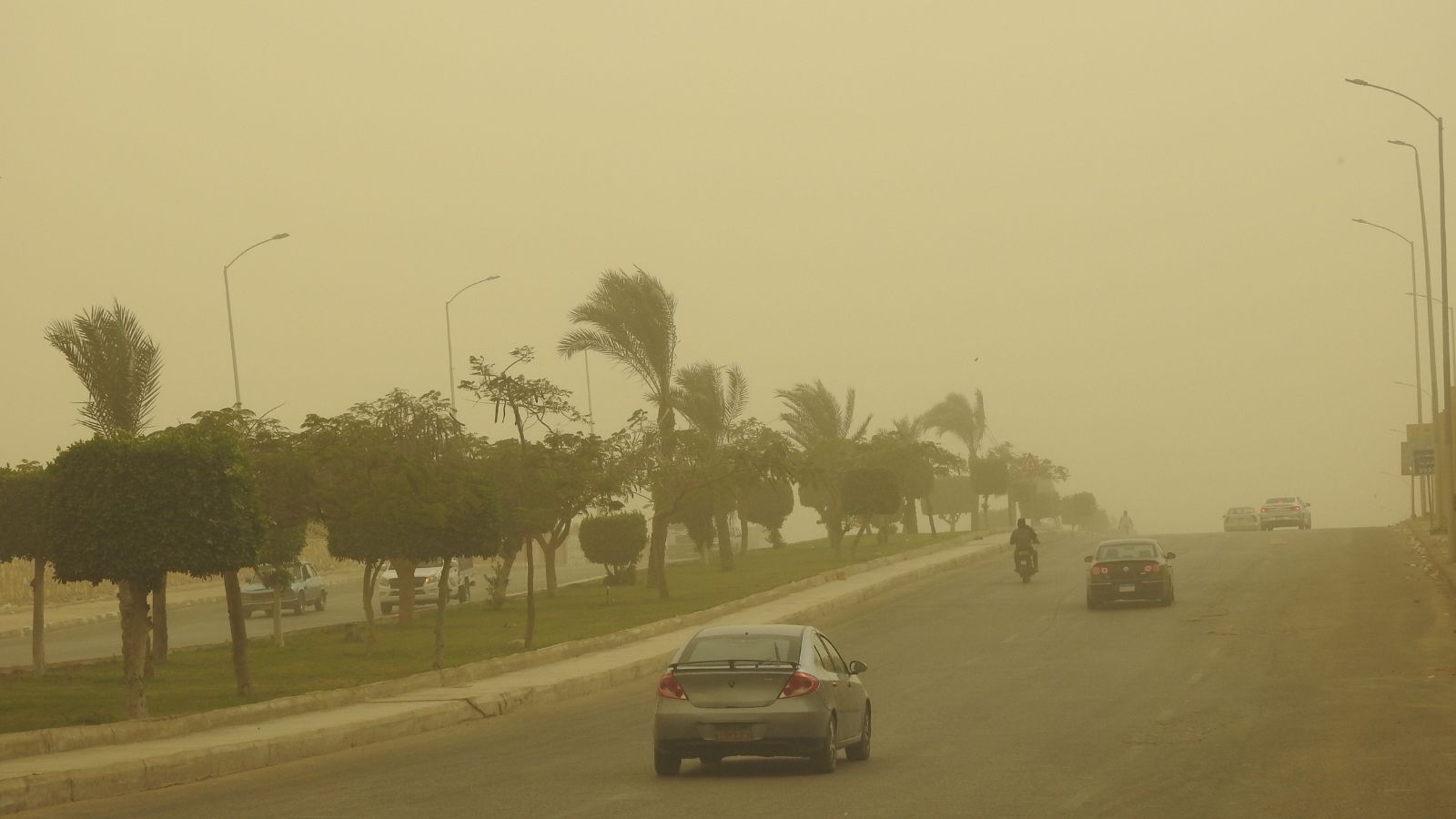
Smog is caused by air pollutants such as ground-level ozone and particulate matter that seriously reduce urban-area visibility. Such weather may lead to very hazardous driving conditions, increasing the risk of accidents. Besides this, smog may worsen respiratory problems and adversely affect the health and living standards of those exposed to it for the long term.
Plastic Pollution Is Endemic
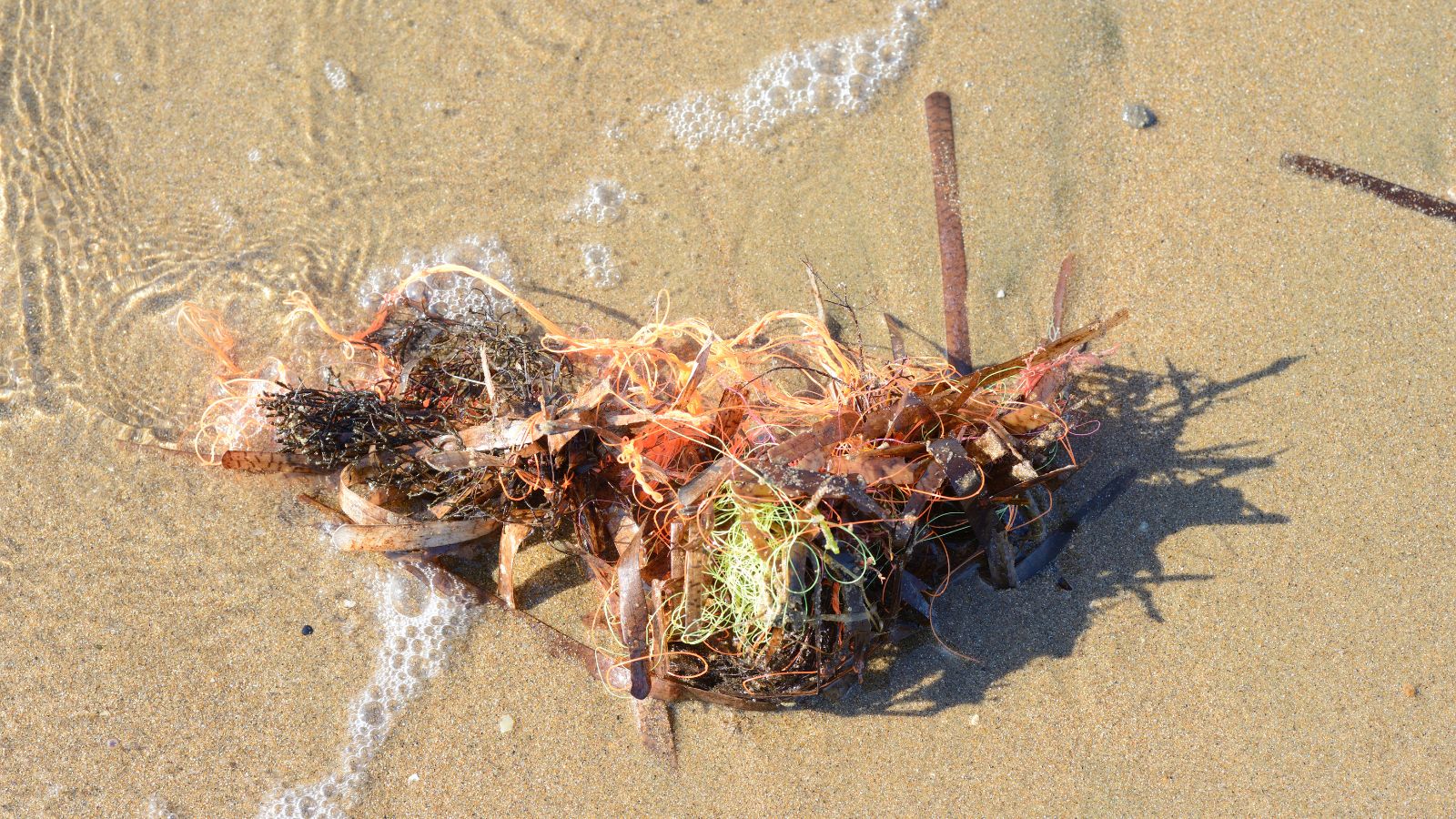
It has become common to find plastic pollution in almost every community, street, park, and waterway in single-use plastics. They make ugly sights and harm wildlife through ingestion or entanglement in debris. With time, large pieces of plastic decompose into microplastics that pollute soil and water, thus entering the food chain and posing health risks to animals and humans. Mismanagement of plastic waste is slowly contributing to huge environmental and public health risks.
Litter and Waste Dumping Harm Aesthetic Appeal

The lack of control over litter and the practice of dumping waste degrades the community’s aesthetic quality and makes living in such an environment irritating. Besides discarding the beauty of public spaces, littered places invite pests and diseases that seriously deplete the residents’ quality of life and pride in the community.
Air Pollution Reduces Cognitive Function in Children
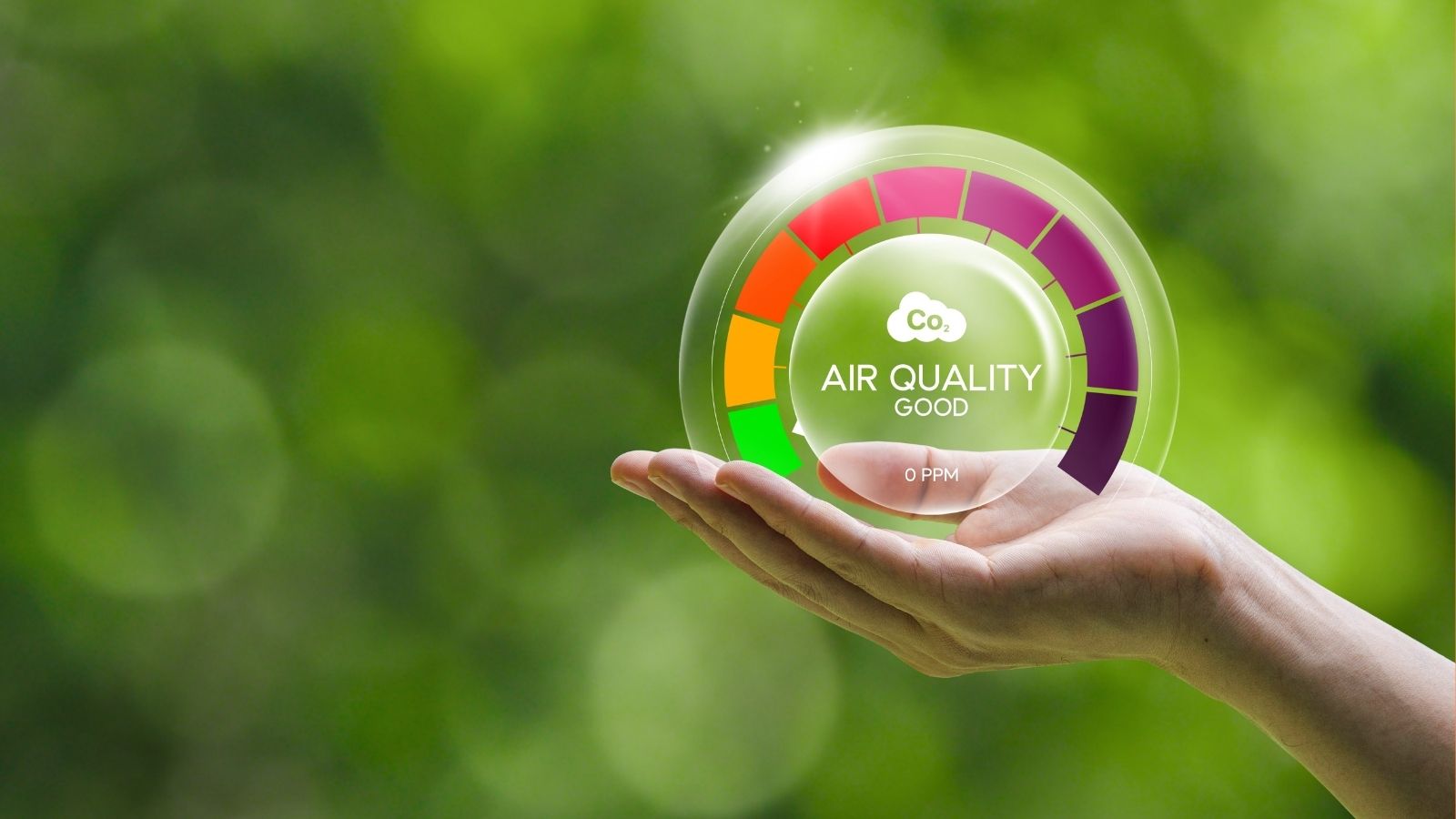
Exposure to particulate matter, but most importantly to toxic gases, can seriously deteriorate the cognitive function of children. Reduced attention span, memory loss, and reduced physical activities have been reported in children from areas with air pollution. This leads to developmental delays that negatively impact kids’ learning and physical performance.
Pesticides Pollute Food Sources

Pesticides on agricultural land and crops negatively impact the crops and leach into the soil, infecting respective crops. Those infected crops, such as fruits, vegetables, grains, and rice, expose consumers to various health risks. Besides this, pesticide runoff can affect local ecosystems and hurt beneficial insects and wildlife that play a crucial role in food production.
Conclusion

Pollution brings about serious health, environmental, and general well-being conditions to the locals. Its impact is huge and alarming, ranging from respiratory diseases and biodiversity loss to decaying in-house values. There is an urgent need for mass action on the part of individuals, governments, and industry giants to take adequate measures to reduce pollution, protect the ecosystems, and improve public health. Sustainable practice and strict environmental regulations would safeguard the community for future generations.
18 Reasons Why People Are Leaving Florida in Masses

Exploring factors that impact the desirability of living in Florida, this list delves into various challenges shaping residents’ experiences. From environmental concerns like rising sea levels to economic factors such as fluctuating job markets, these issues collectively contribute to a nuanced understanding of the state’s appeal.
18 Reasons Why People Are Leaving Florida in Masses
